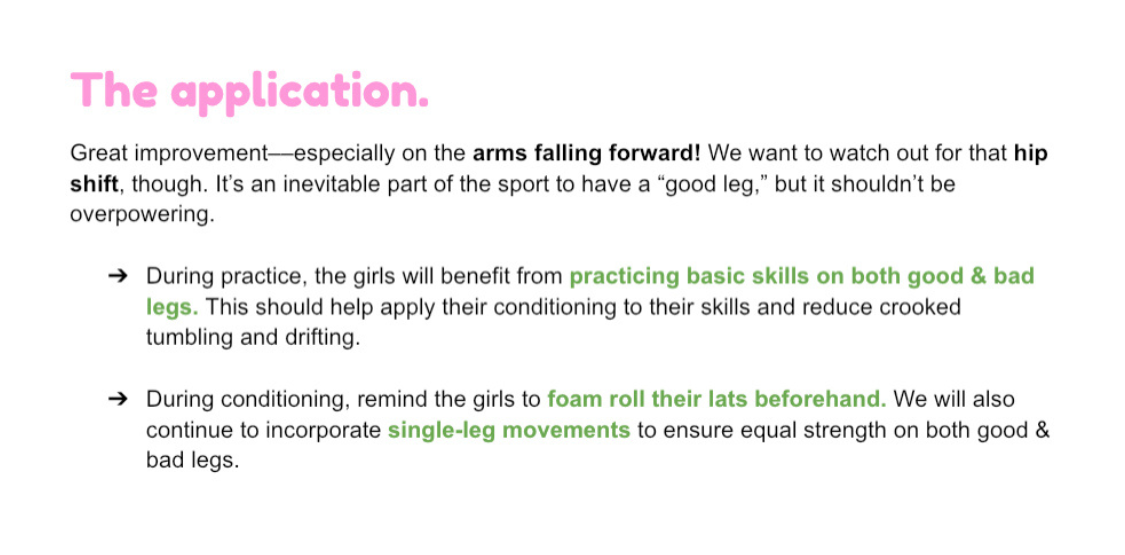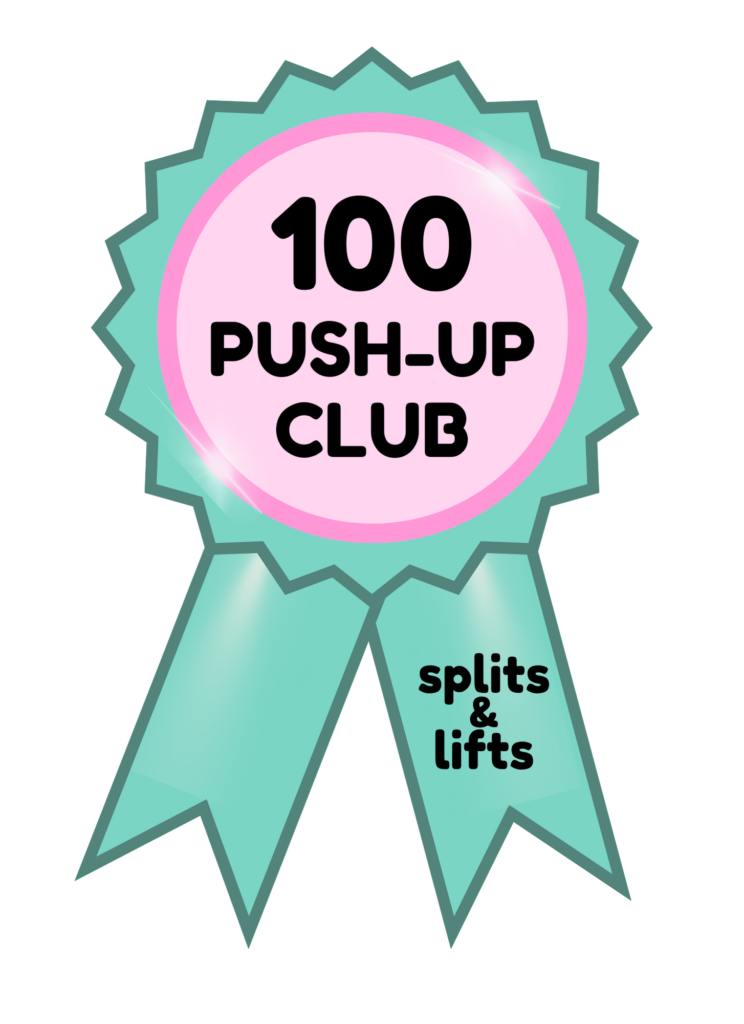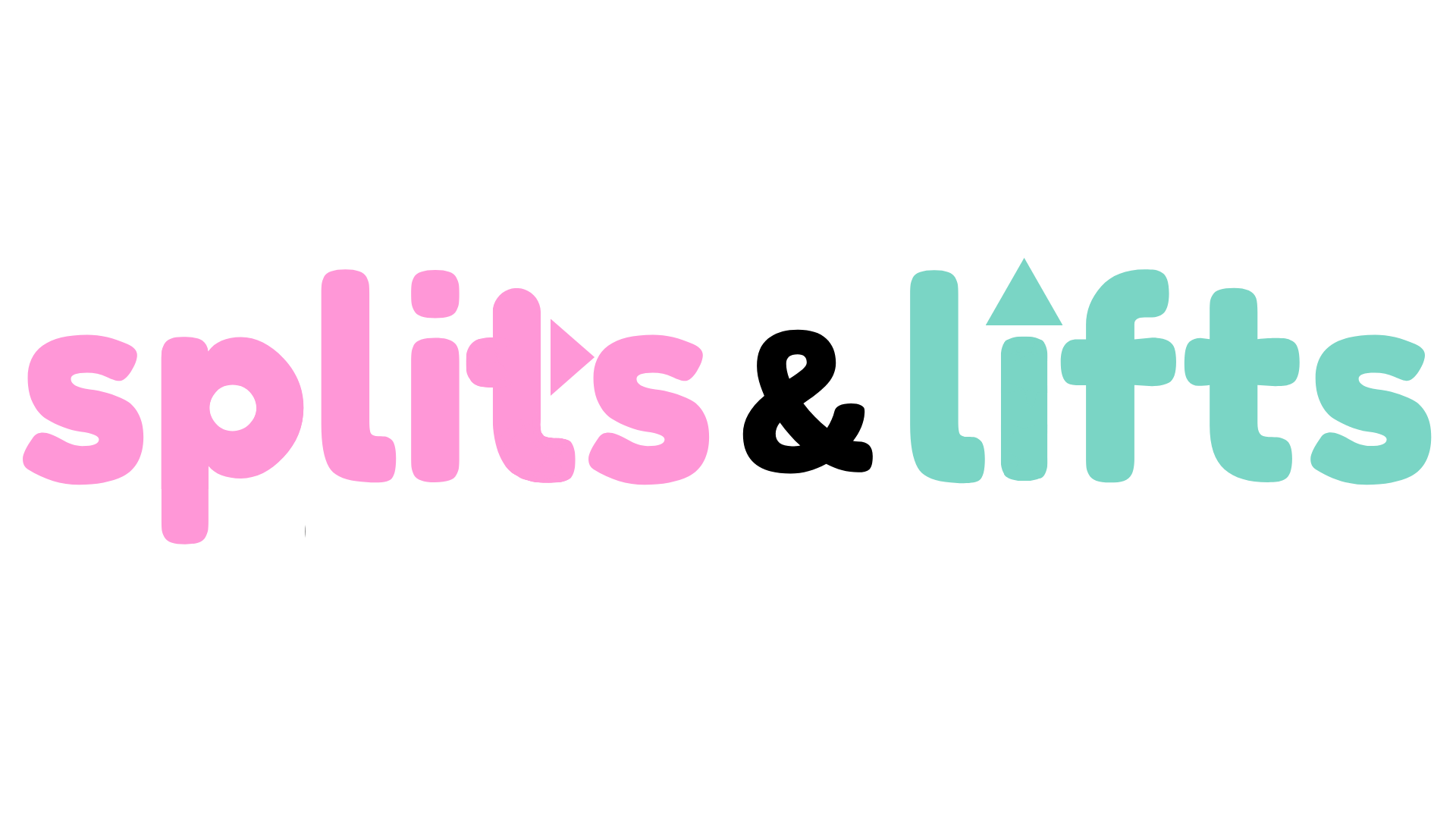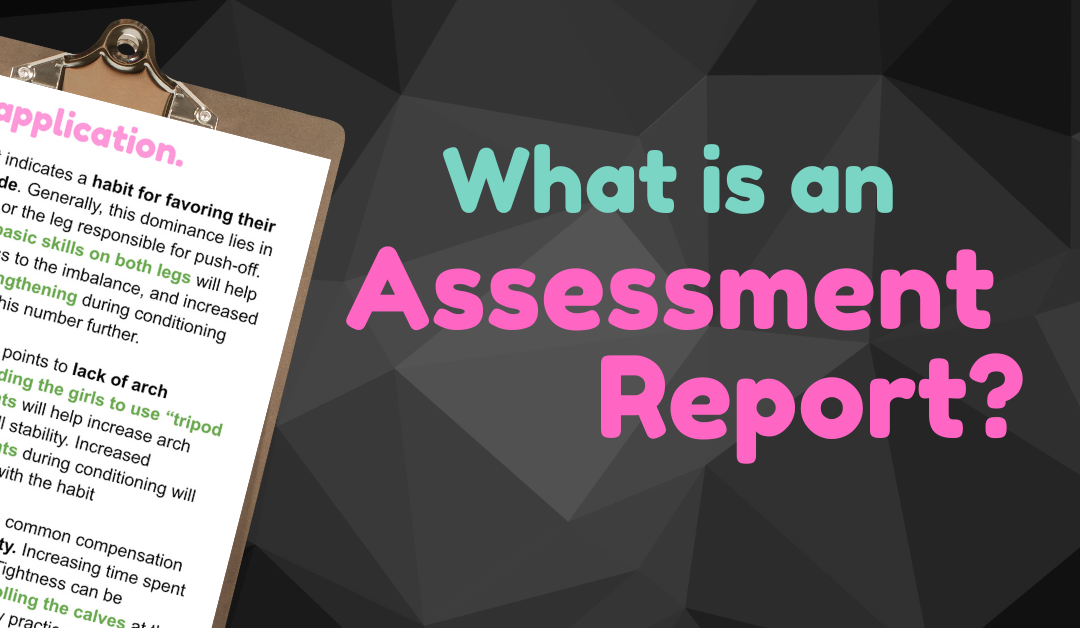You keep seeing me talk about this “Assessment Report,” but what’s the big deal?
Assessment Reports provide an in-depth, scientific, and practical way to track progress. I design them specifically in a way that is readable for both coaches and parents (should you choose to share with them).
Every 6 weeks, I come to your gym to conduct in-person, individual assessments for all of your gymnasts participating in my program.
These visits consist of two main assessments, a Movement Assessment and a Performance Assessment.
Movement Assessments
What is a movement assessment?
The first thing I’ll do when I see your team is conduct some basic movement assessments. These simple exercises are specifically chosen to provide insight regarding common movement impairments.
These exercises include:
- Overhead squat assessment
- Single-leg squat assessment
- Pushing assessment
- Pulling assessment
I watch for small impairments including feet turning out, knees caving in, and shoulder elevation… to name just a few!
Why do a movement assessment?
Following an assessment, I can analyze which muscles are overactive and which are underactive, causing distortions in the gymnast’s movements. These small, less-than-ideal patterns may cause pain, reduce strength efficiency, or put the body at risk for injury.
For an individual gymnast, this can help target the source of those pesky sore ankles, or lack of progress in back flexibility. Tight hip flexors? Internally rotated hips? It’s all there in the assessment.
When I see a pattern of these movements within a team, it provides me a solid base to develop a program.
Now, enough of the anatomy stuff. What does this actually look like in a report?
To make my assessments as practical as possible, I break down the results into two sections: Results & Application.
The results
The results section of a movement assessment is brief and to the point.
In the first report, I’ll list the percentage of gymnasts who displayed an impairment worth addressing. Then, I’ll give a brief explanation of what this means from an anatomical perspective (overactive and underactive muscles).
In following reports, I’ll compare the percentage to the previous assessment to note signs of improvement or even negative change.

The application
Now for the stuff the coaches care about!
If you looked at the results and thought, “Great, but what does it all mean?” you’re not alone.
That’s why I provide specific, practical applications that can fix these movement issues both during conditioning AND normal practice sessions.
After all, a gymnast can be strong, but they need to see how these movements relate to their skills to see real, lasting change.
I’ll let you know both how I plan on adjusting their conditioning program for the next 6-week block.
But don’t forget, I’m a gymnastics coach at heart. I’ll also provide feedback that is specific to gymnastics, both during warm-ups, events, and even outside of the gym.

Performance Assessments
What is a performance assessment?
The next thing I’ll do when I see your team is conduct performance assessments. These tests are specifically chosen to assess progress in strength, endurance, speed, and power.
You are welcome (and encouraged) to conduct your own version of performance assessments in addition to mine, but here’s what I do and why.
These assessments include:
- Push-Up Assessment**
- What it is: Push-ups until failure
- What it tests: Upper body endurance
- Broad Jump Assessment
- What it is: Standing broad jump as far as possible
- What it tests: Lower body power
- L.E.F.T. Test
- What it is: Lower Extremity Functional Test (a series of agility runs)
- What it tests: Lower body speed, agility, and quickness
Following the second round of these assessments, I note the average change (and hopefully massive improvements!) from the previous assessments.
**Psst, I carry with me some special pins for anyone strong enough to make it over 100 push-ups!

Assess & Reassess
I hope you can see why I make it a priority to travel, assess, and report back my findings.
My assessments and subsequent reports are what I believe to be the most beneficial thing you will receive from my programming.
As easy as it would be to be a hands-off programmer, I wouldn’t be giving the coaches and gymnasts the individualized attention you guys deserve. I believe a top-tier program is only as good as it is personal.
So get used to seeing me around! 🙂

